Producers
-
Description:
David Bonomi, Edgrado del Popolo, and his son Santiago founded PerSe Wines in 2012 with the intention of making pure mountain wines. They planted vines on land they farm in conjunction with the Monks of the Monasterio del Cristo Orante. The Monasterio zone of Gualtallary is located in the northwest corner of Mendoza’s Uco Valley at approximately 1500 meters elevation. The soils are comprised of intense white chalk and decomposed granite and their climate is one of the coolest wine growing regions in Argentina. The land is farmed organically (non certified) and each plot has particularly unique qualities. All vines are head trained and most are planted at less than 0.5 hectares per parcel, at different densities, from 2,300 - 7,300 plants per hectare. The PerSe wines are made in tiny amounts with the smallest wine coming from just 312 vines. They vinify with native yeasts and minimal intervention in the winery and the vineyard.
This profile and tasting notes were edited from the Brazos Wine website, along with the pictures used. For more information please visit: Brazos.
Image: Region:
Region: -
Description:
Jean Perrier et Fils is a family estate passed from father to son for seven generationssince 1853. Gilles Perrier has worked alongside his father for many years and his son recentlyjoined the winery. The domaine has slowly expanded over the generations and today they own sixty-two hectares focusing mainly on varieties indigenous tothe Savoie, Jacquere, Altesse, and Mondeuse. The grapes of the Savoie are largely unknown outside the region and many of them cannot be found anywhere else. The altitude creates stunningly fresh and idiosyncratic wines.
Maintaining quality has always been the priority for the Perrier family and vineyard work is sustainable, certified by HVE. Grapes are hand-harvested and gently vinified in stainless steel tanks. The Perrier wines are appreciated for their complexity and freshness, dry but fruity with a lot of minerality - a pure expression of Savoie.
Image: Region:
Region: -
Description:
Thank you to importer Louis/Dressner for this estate profile:
(Click here for on Louis/Dressner's website and here for Perrini's website)
In the southernmost part of the heel of the "Italian boot", otherwise known as the Salento Peninsula of the Puglia region, the Perrini family has been growing grapes and making wine for generations. For many years, most of their fruit was sold off to négociants, as the means and finances to estate-bottle were prohibitive. Current generation Vito and his sister Mila Perrini set about changing that in the 1990's, building an underground cellar and converting their fifty hectares to certified-organic viticulture--neither of these steps being the norm for a bulk-production-oriented region accustomed to heavy-handed, high-alcohol red wines. Their vines average 30-35 years of age at this point, spread amongst several zones in the hills around Castellaneta near Taranto on a mix of sand, limestone and clay soils. The vineyards are plowed in the spring, and yields are kept to around 55hl/ha, modest for the region and the warm, easy-ripening climate. Most unusual for Puglia are an underground cellar; manual harvest; and natural yeast fermentation. Perrini wines are remarkably balanced, light-handed and savory compared to the usual Puglian fare, especially at their very modest price level.
Image: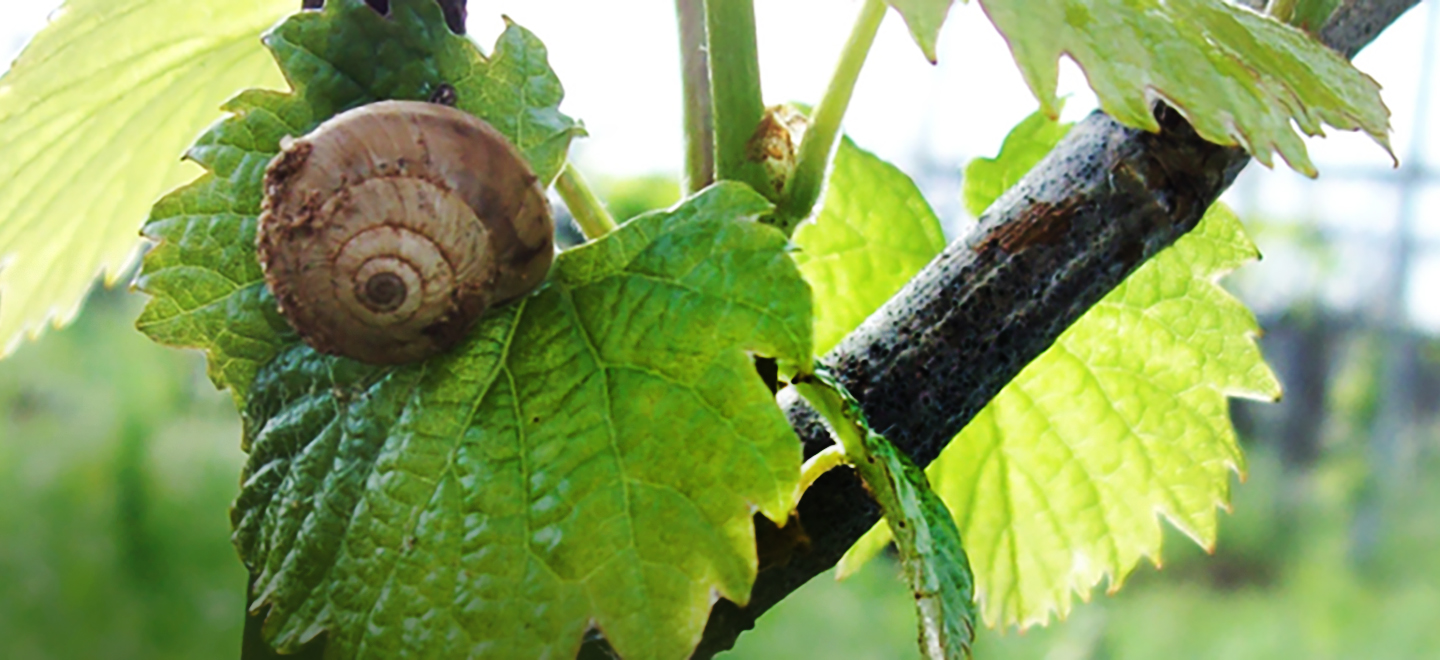 Region:
Region: -
Description:
Seiichi Saito is the man behind this exciting, new micro-négoce, a Japanese expat with Chinese origins who studied at the wine school in Beaune in 2006, and then moved to Burgundy in 2008 to dig deeper. Before starting Petit-Roy in 2017, Seiichi spent time working with a few brilliant domaines such as Bize (where he worked with Patrick and the team for a couple of years), Mugnier, Rousseau and Leflaive. In 2014, he co-launched one of the most successful (and probably tiniest) restaurants in Beaune, La Lune, known for their cuisine of precision, elegance and pure umami indulgence.
Acquiring vineyards in Burgundy is a difficult task, but Seiichi managed to buy two hectares of regional appellations which he works biodynamically. He complements the range with purchased grapes from friends in "modest" appellations. In terms of vinification, he is fond of whole cluster for reds, prefers to limit extraction with pump-overs and a few, gentle punch-downs towards the end of alcoholic fermentation, uses minimal SO2 during or post élevage, or prior to bottling. He very rarely adds SO2 at vinification, and prefers to bottle without fining or filtration.
The wines reflect Seiichi’s unique journey in wine and gastronomy. They provide immediate enjoyment, combining bright fruit and pure, salivating energy that lingers on the palate. - www.beckywasserman.com
Image: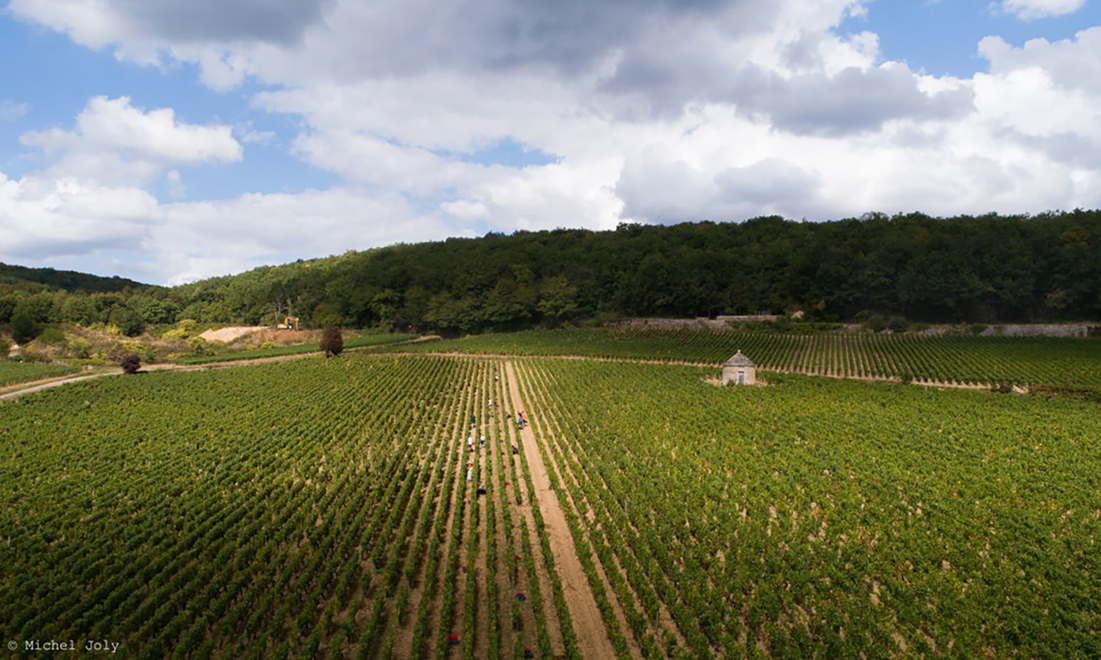 Region:
Region: -
Description:
Although Catherine de Loze did not intend to take over the family winery, when her father passed away, she needed to make a decision: continue as a lawyer or take over the winery. For her, it was not possible to sell land that had been in her family for 400 years. Château Peybrun, the oldest family-owned winery in Cadillac, has been in the family for such a long time that the plots are named after ancestors. All 15 hectares surround the house and winery in a single block on rolling hillsides with mostly southern exposure. Farming is sustainable, no herbicides or pesticides are used in the vineyards.
Traditionally, Cadillac was best-known for sweet wine. It’s located across the Garonne River from Sauternes and the grapes are commonly affected by botrytis; the main difference is that Sauternes is a rather flat area and Cadillac has chalky, clay slopes. De Loze’s father was the first to plant red grapes on their land— a third of their vines are red— but two-thirds of the vineyards are still planted to white grapes. However, the overall production of white is lower than red because of low yields for the sweet wines.
De Loze never had any formal training and the first year, she was calling a winemaker friend daily for help to make the first vintage in 1985. The winery has remained unchanged since De Loze took over; the fermentation and aging for the Cadillac-Côtes de Bordeaux happens in old, unlined concrete tanks. These wines are beautiful examples of a traditional, old-style of Bordeaux.
De Loze is proud to be one of the first women to make wine in Bordeaux and the leopard symbol on the label—the symbol for Eleanor of Aquitaine—refers to a group of women winemakers who fraternized in the eighties.
Image: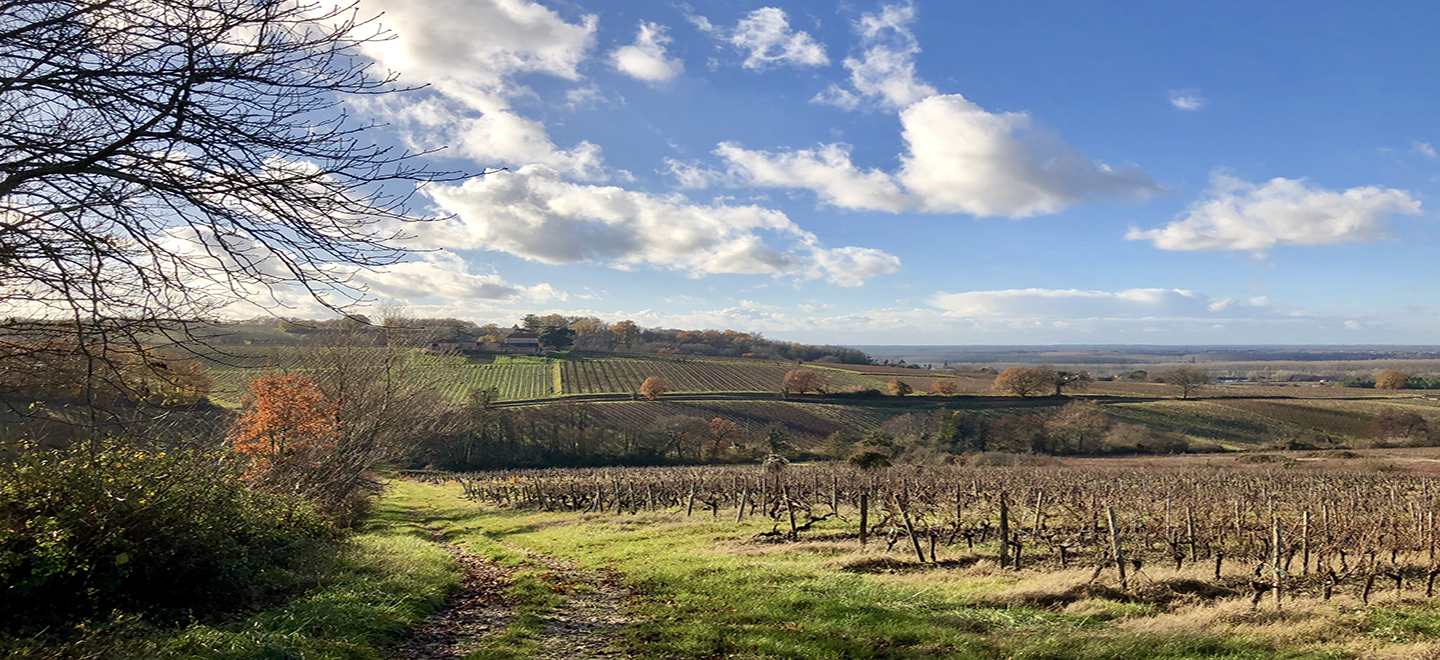 Region:
Region: -
Description:
There are few winemakers still living with the kind of history that Philip Togni has under his belt. Long before his eponymous winery was even conceived, he was crafting some of the most iconic wines in California. After a year at Mayacamas (1959), he became the founding winemaker for Chalone, worked at Inglenook for a year, became the founding winemaker for Chappellet (producing the acclaimed 1969 Cabernet Sauvignon that is still regarded as one of the greatest ever produced in California), and finally finished out the 1970’s at Cuvaison.
In 1981, while still employed at Cuvaison, Philip began planting his own vineyard on Spring Mountain and it is here that he has cemented his legacy. Starting with the 1983 vintage he has produced an unbroken string of world class wines; age-worthy, classic, and incredible. Although Philip is still very involved, since 2007, his daughter Lisa has taken the lead more and more. The good news is that she shares her father’s gift for winemaking and shows no interest in changing anything at this venerable estate.
The Estate vineyard at Togni is 10.5 acres (divided into 20 blocks) planted to 82% Cabernet Sauvignon and the rest Merlot, Cabernet Franc and Petit Verdot. The vines are co-planted and the wine is co-fermented. The soils are a mix of rocky volcanic and clay.
From this single vineyard Philip and Lisa produce three wines: the flagship Philip Togni Vineyard Cabernet Sauvignon, a second label Cabernet Sauvignon, Tanbark Hill, and a rare dessert wine, Ca’ Togni. The Cabernet Sauvignons are made using barrel selection and are otherwise handled exactly the same. All fruit is 100% destemmed, fermented in stainless steel and aged for 20 months in 40% new French oak. At this point the decision is made of which lots are blended into the “Estate Cabernet” and the “Tanbark Hill”. The Ca’ Togni is a wine unique to Napa, made from Black Hamburgh, Togni’s quarter acre of vines produce an aromatic, concentrated, sweet red wine unlike anything else we have come across. A true estate, the wines are made, bottled, and stored just feet away from the vineyard.
Image: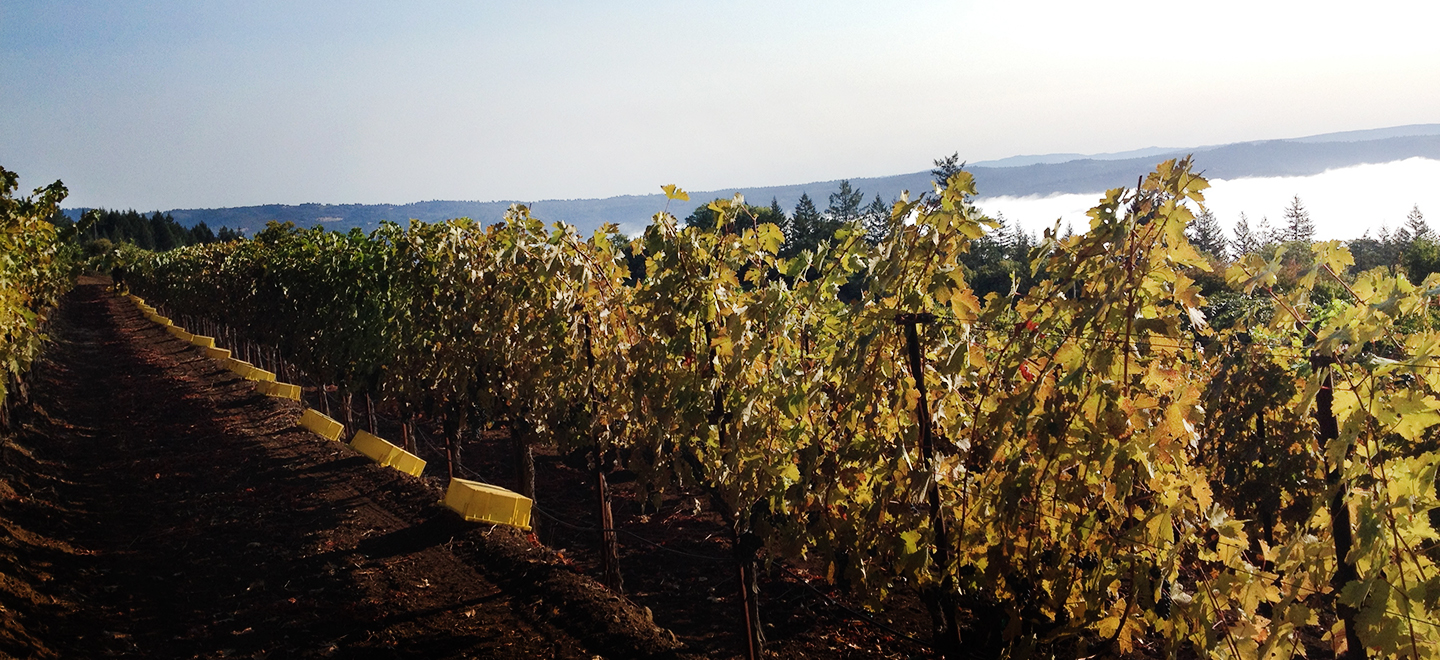 Region:
Region: -
Description:
For more information on Pianora Erborista, please visit Selection Massale.
Available in California.
Image: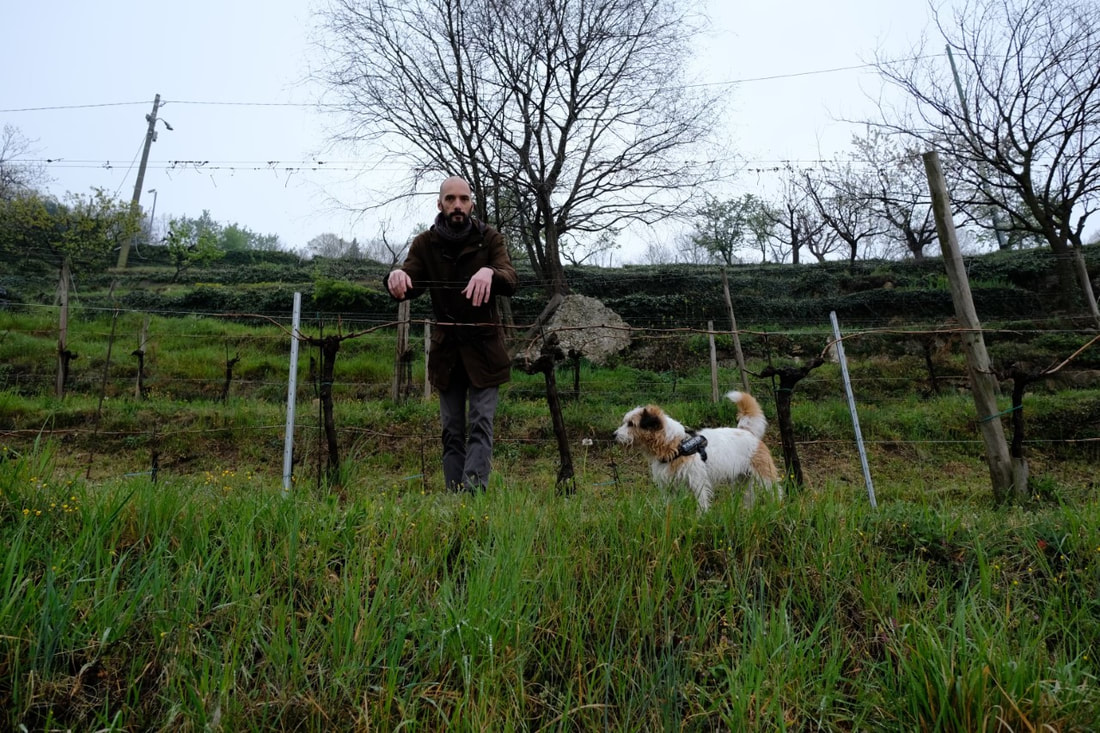 Region:
Region: -
Description:
Pielihueso. Spanish for “skin and bones”, this estate began in 2017 when father/daughter combo Celina and Alejandro Bartolome planted vines in Los Chacayes and Los Sauces (both subregions of the Uco Valley located within Tunuyan). The wines are all farmed organically and made with no corrections, fermented with native yeast and a low addition of sulfur is added just before bottling. Alejandro comes from a long background in organic farming and this is the family’s first foray into wine. The labels were created by the family too! Carmela, the other daughter designed the labels from their brother’s artwork. The wineries style is making light, bright, clean and vibrant wines!
This profile and tasting notes were edited from the Brazos Wine website, along with the pictures used. For more information please visit: Brazos.
Image: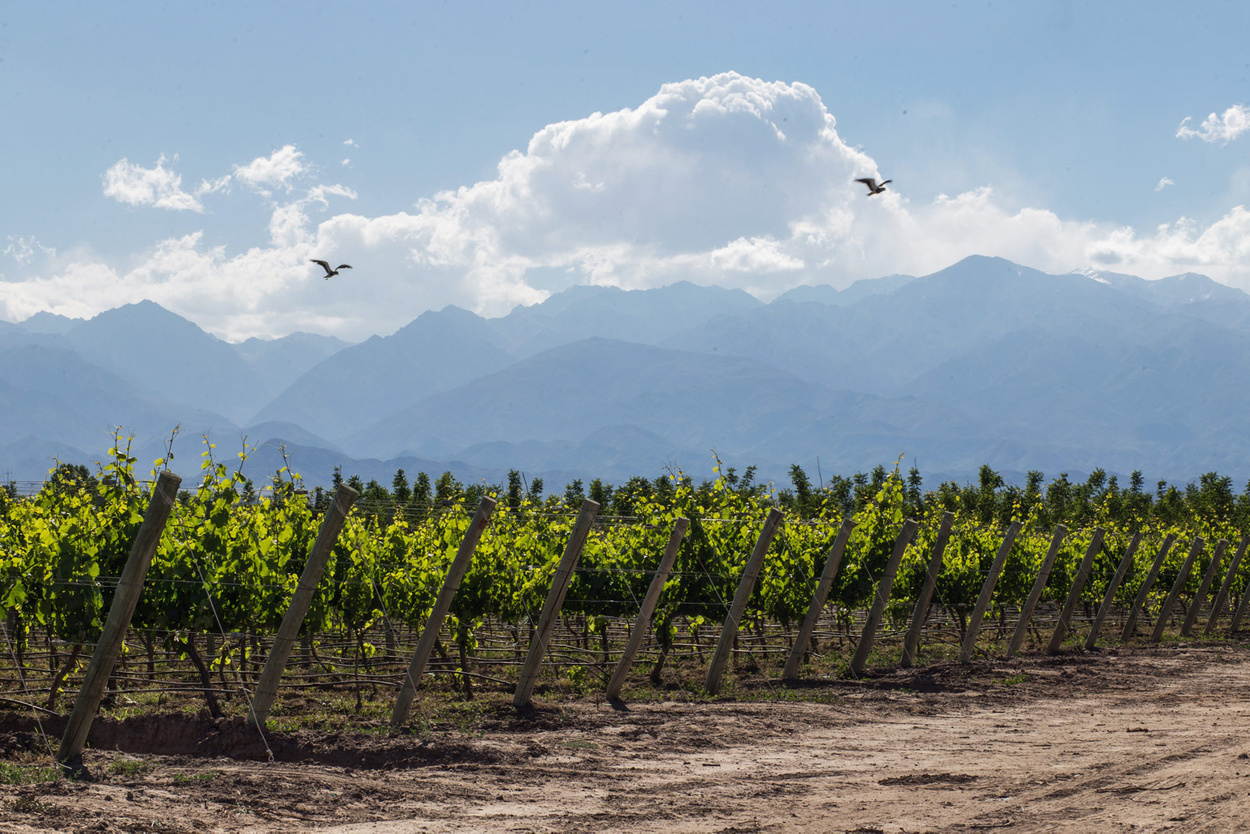 Region:
Region: -
Description:
For more information on Pierre Borel, please visit Selection Massale.
Available in California.
Image: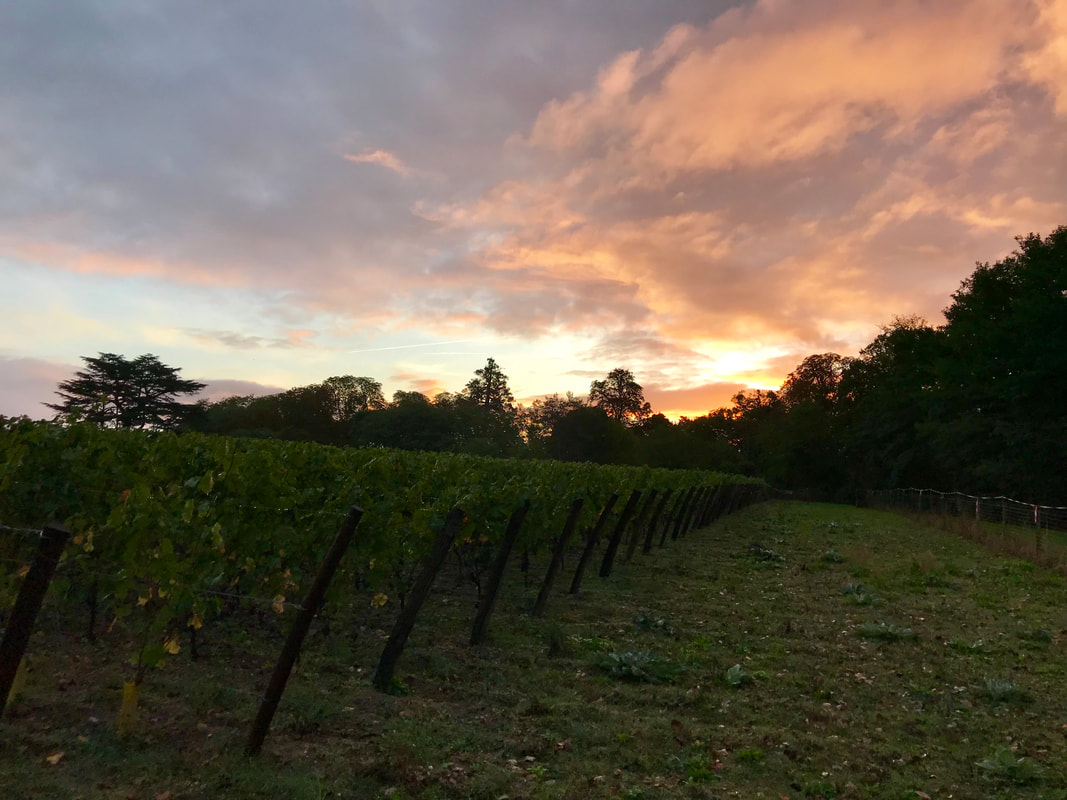 Region:
Region: -
Description:
Thank you to importer Louis/Dressner for this profile of the Pinon estate:
(Click here for more on Pinon on the LDM website and here for Pinon's own website)
The wines of François and Julien Pinon are considered among the finest of Vouvray. François, a former child psychologist, took over the estate from his father in 1987, and has steadily made a name for the estate. He is a serious winemaker whose main focus is "to keep the typicity of both the appellation and the vintage" in all his wines. Julien's arrival has cemented the family's dedication to organic viticulture and minimal intervention winemaking.
The vineyards are in the corniche of the Vallée de Cousse. The soil is clay and silica on a base of limestone (tuffeau) with flint (silex) and the area is rated among the top sites in the appellation for Vouvrays of distinction and long life. The Pinon follow a discipline of plowing the vineyards, not using chemical fertilizers and pesticides and, of course, he harvesting by hand and uses not using cultured yeasts in the cellar. All new plantings are done by selection massale and no nursery clones are used; the vines are an average of 25 years old. The estate has been certified organic since 2011.
The alcoholic fermentation occurs in wood barrels. Then the wines are aged in stainless steel or foudres (big casks, about twice the size of barrique Bordelaise) to obtain a balance between fruit and reduction. There is one racking to remove the heavy lees and the wine remains on its fine lees until bottling, which takes place a full year after the harvest to “finish” the wine. Rather than use a large dose of SO2, Pinon prefers to gently filter his wines to ensure their stability and aging potential.
The two main wines of the estate are both meant to highlight the area's two distinct terroirs. The "Trois Argiles" cuvée, grown on heavy clay with limestone subsoils, is what is termed a vin tendre; the sweetness is between a sec and demi-sec. It has a delicate sweetness in the attack that gives over to a pleasant citrus finish with resonance and length. It has flavors reminiscent of apples and quince with a slightly spicy accent. This wine will continue to develop with age, but is affable and charming when drunk young.
"Silex Noir" is named for the black flint soils characteristic of two parcels totalling 3.7 hectares. Just like limestone, flint is left by ancient seabeds. Millions of shells and other organisms make up deep layers of limestone (or chalk), while more complicated chemical interactions between silica (contained in seawater) and organisms such as sponges created nodules of hard flint, which embedded itself into the limestone.
The other significant part of production are the sparkling wines (bottled brut nature and brut) produced from grapes on more neutral soils as well as the estate's youngest vines. The weather of the vintage will affect the amount of sparkling made each year: if it was a rainy year, the Pinon make more sparkling because in drier vintages, the grapes reach maturities more suited for still wines.When the weather in September and October creates the right conditions for noble rot and/or passerillage (sun or wind-dried grapes), Pinon makes a whole range of Vouvrays: sec, demi-sec, moëlleux, and, more rarely, a grain par grain selection that results in a liquoreux.
Image: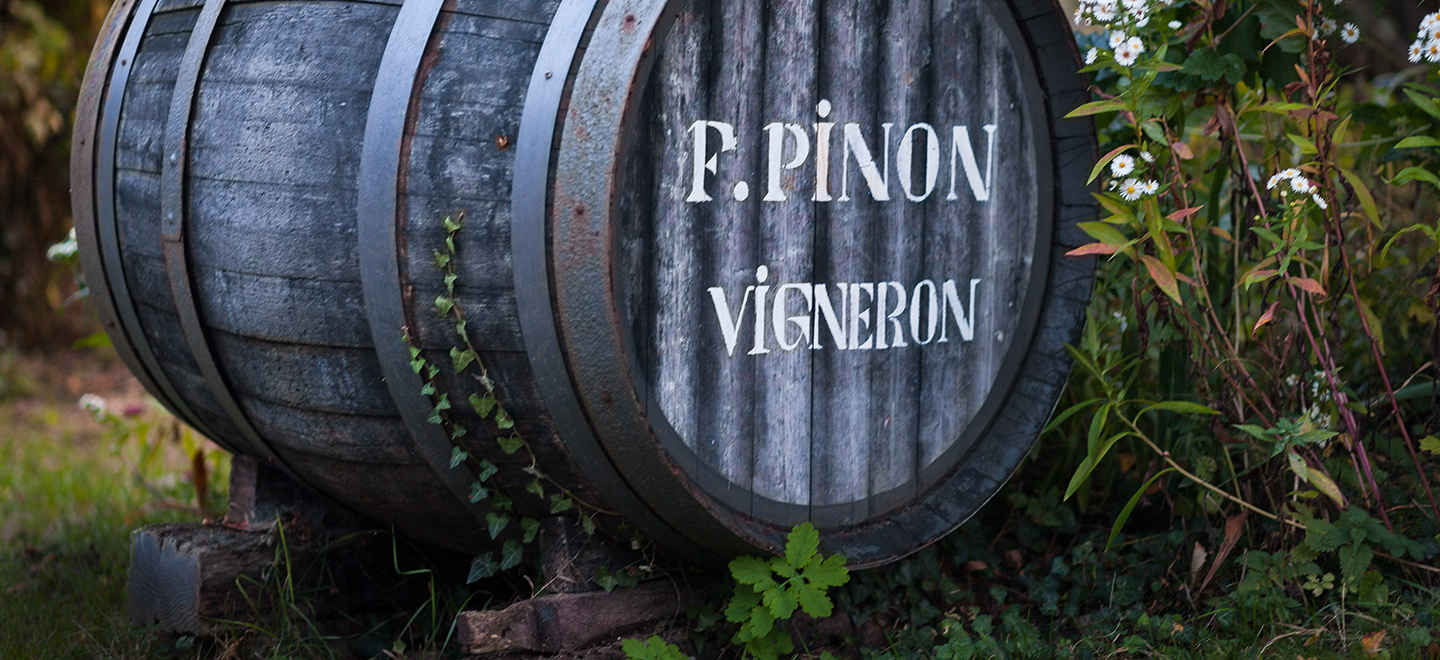 Region:
Region:
